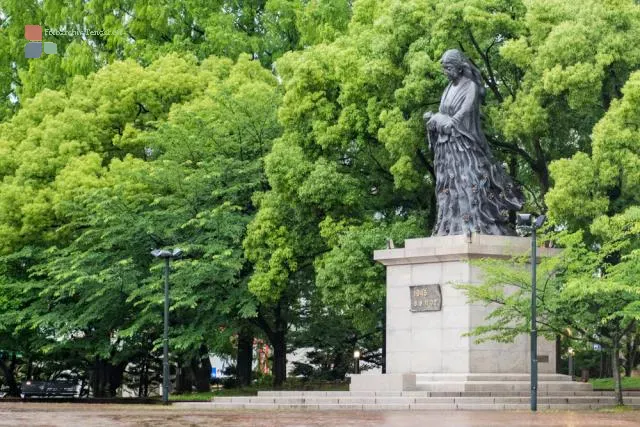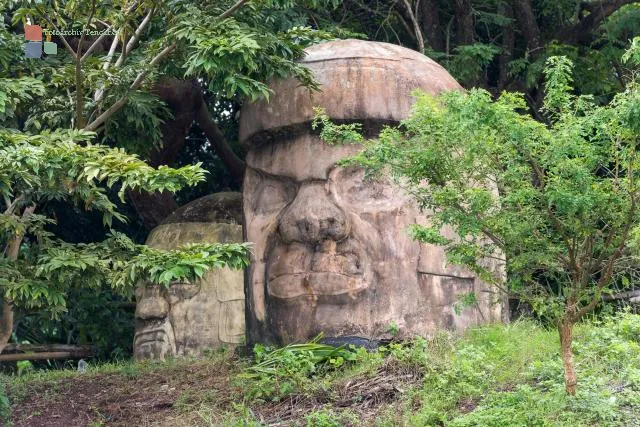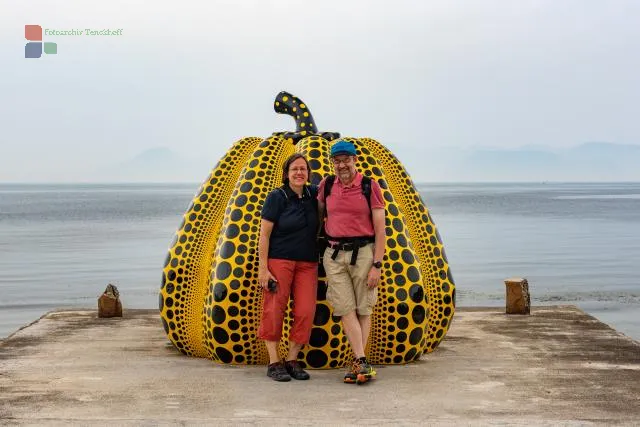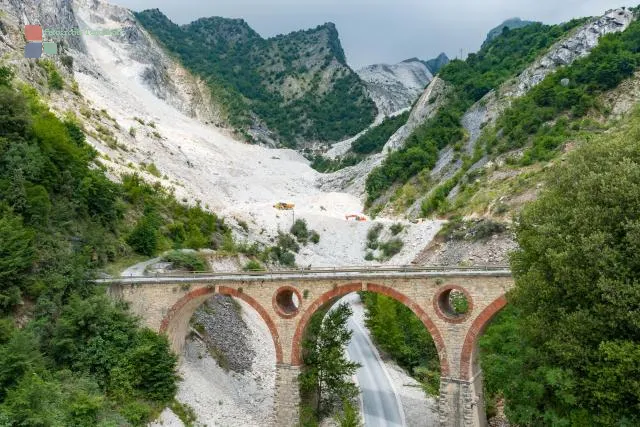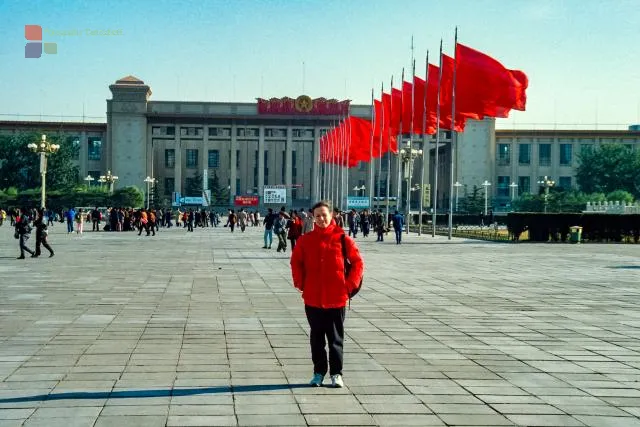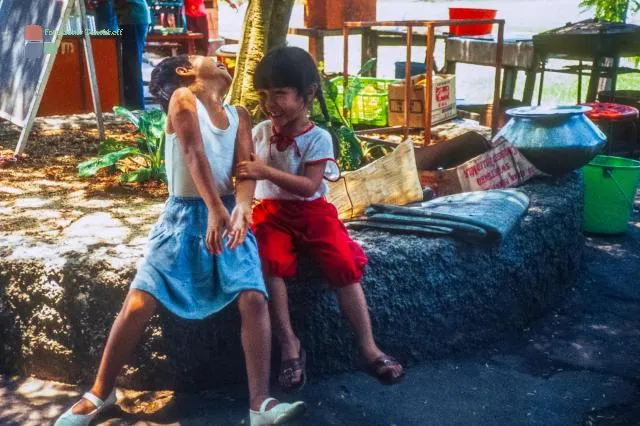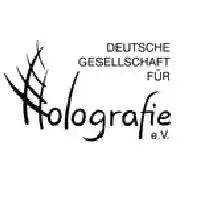Megalithic culture on the Hümling
Anyone who deals with Stone Age buildings may first think of England's world-famous stone circle called Stonehenge. But also individually standing menhirs (Celtic/large stone), rows of stones (French/alignements), cromlechs (Welsh/curvature) and dolmens (Breton/stone table) are well-known designations for buildings whose age is estimated at 3000 to 5000 years. The different languages already show that these are not regionally limited architectural or structural achievements.
- Read more about Megalithic culture on the Hümling
- Log in or register to post comments
- 314 views

